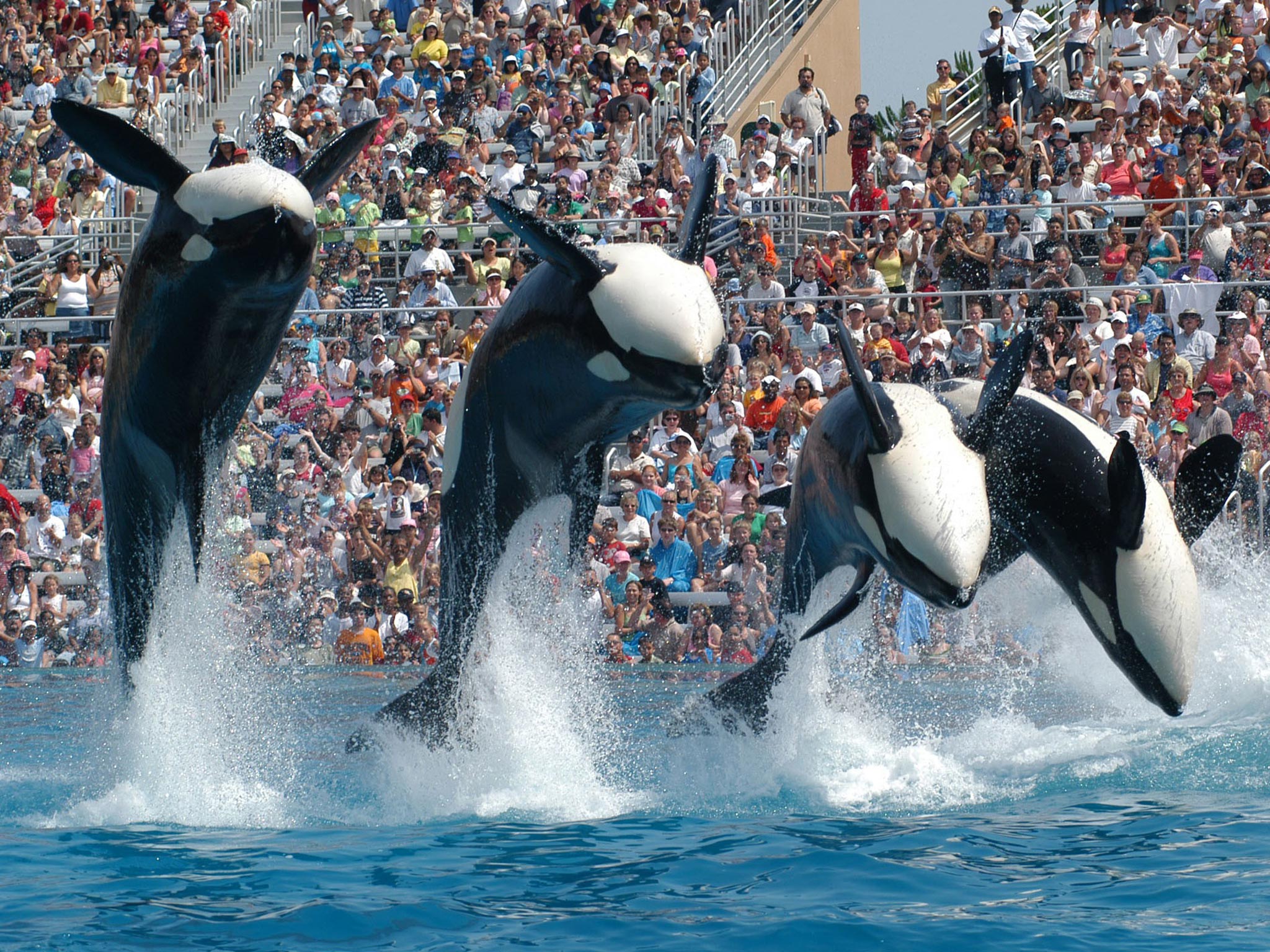I greeted SeaWorld's orca announcement with a sigh of relief - but what happens after the speech will be telling
Wild orcas swim up to 100 miles a day, and live up to 90 years - those who previously lived at SeaWorld will need rehabilitation


In social-justice movements, persistence eventually pays off, and for future generations of orcas, that time has now arrived with SeaWorld's announcement that it has ended its controversial breeding programme.
The orcas still confined at SeaWorld parks are forced to live in concrete tanks in unnatural physical and social conditions and are compelled to perform circus tricks for dead fish. They're deprived of the opportunity to make conscious choices like what to eat, what to do and who to mate with and to carry out the simplest natural behaviour, such as hunting and travelling.
They're also deprived of the environmental enrichment needed for their physiological and psychological well-being. Their worlds have been reduced from an expansive open ocean to gallons of water in a bathtub, and they are driven insane by their diminished lives. They bite at the gates and concrete that confine them, breaking their teeth, and attack each other and the trainers who force them to perform meaningless tricks simply to sell tickets to shows.
For decades, orcas, bottlenose dolphins, beluga whales, seals and many other animals have suffered in confinement at SeaWorld, and to do right by them now, it's not enough to stop breeding orcas. SeaWorld must open the tanks and release these long-suffering animals into ocean sanctuaries so that they can finally have some semblance of a natural life.
In contrast, free orcas living in the ocean share intricate relationships in a matrilineal society. In some populations, they rarely leave their mother's pod, spending decades together. These attributes, along with wild orca pods' unique dialects, are considered a form of culture that is unrivalled by any species other than humans. Free orcas are among the fastest animals in the sea, and they swim up to 100 miles every day, feeling the currents, seeing other marine life, enjoying family, and raising and teaching their offspring.
We know so much more about these animals than we did 50-some years ago when some of the orcas still imprisoned at SeaWorld were ripped from their ocean homes, and we now know, categorically, that captivity kills – these animals deserve a chance at freedom.
The orcas at SeaWorld can be successfully transferred to sea pens that mimic their natural environments and maybe even released back into their home waters, depending on their needs and abilities. Each orca's condition must be evaluated to determine how best to release each from slavery. Given that wild orcas can live up to 90 years, it's possible that we would even be able to identify the families these animals were taken from years ago through vocal analysis and could attempt to reintegrate them into their pods.
SeaWorld officials can start by immediately funding the creation of coastal sanctuaries where the captive orcas they have can spend the remainder of their lives in as natural a setting as possible. It's the least they can do for these animals who've suffered for years in captivity. At PETA, we won't stop campaigning for the animals whose lives have already been shattered by SeaWorld – not until every single one of them is freed from their watery prison.



Join our commenting forum
Join thought-provoking conversations, follow other Independent readers and see their replies